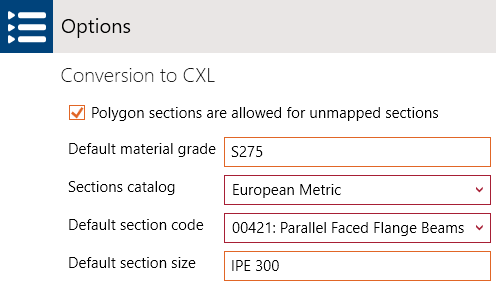This article explains how to send a ETABS model to Tekla Structural Designer, using BIM Expert.
1. Preparation in ETABS
Analysis in ETABS is not required.
2. Send the ETABS model to Tekla Structural Designer
2.1 From ETABS to BIM Expert
In the Model tab, select ‘Import’. Next, choose the source software manufacturer, namely ‘Computer and Structures, Inc’ (CSI) . Click ![]() to continue.
to continue.
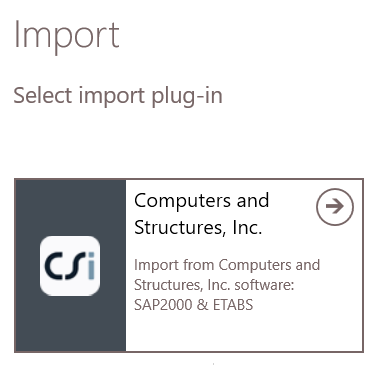
Choose ‘ETABS’.
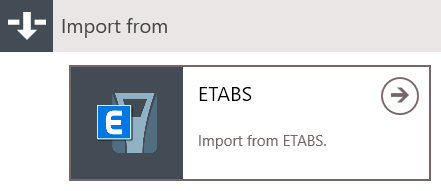
Alternatively, models can be sent to BIM Expert directly within ETABS (Tools > BIM Expert), but you first need to add BIM Expert as a plug-in to ETABS.
2.2.1 Settings
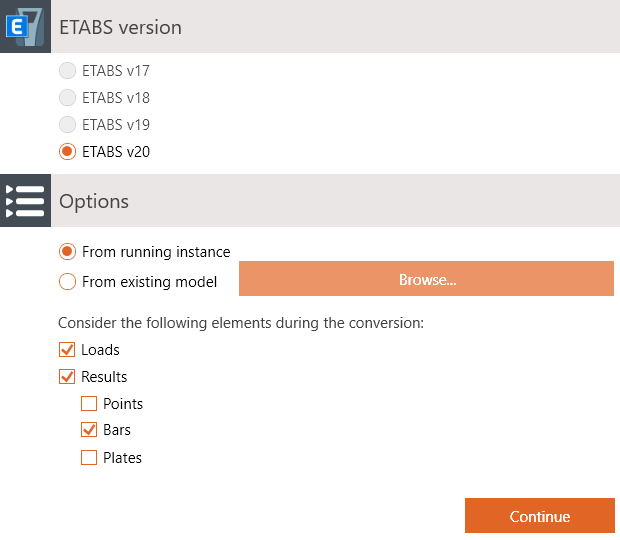
Select your ETABS version, and were the model is coming from:
- A running instance – that means, the model is currently open in ETABS
- An existing model – click ‘Browse… ‘ to open your file browser, go to the model location and select the model (an .edb file)
On top of the geometry conversion, you can also consider loads and results in points, bars & plates. Bar results are the most used and relevant ones, so only considering the bar results is enough. Plate results can be huge amount of data, that is currently not used any further.
Next, the ETABS material and sections must be mapped with BIM Expert ‘s materials and section. BIM Expert will try to find as many automatic mapping matches as possible. In case all sections and materials find a match, you will not see any dialogs for mapping.
2.2.2 Material mapping
Database materials such as steel (e.g. S235, ASTM-Grades), concrete (e.g. C25/30, M50) and timber (e.g. C24, D50, GL28c) are mapped automatically. In some cases, the match is not automatically found, because the name differs (S355-link instead of S355). In that case, you can select the correct material from the database.
Tip: When searching an item in the database, type the first letters of the name to find it more quickly.

2.1.3 Section mapping
Database sections (such as I, H, UB, UC, W, C, U, O, ☐ and L sections) are mapped automatically. In some cases, the match is not automatically found, because the name differs (e.g. name is HEB300 – S235 instead of HEB300). In that case, you can select the correct cross-section from the database.
Tip: When searching an item in the database, type the first letters of the name to find it more quickly.
Parametric sections (e.g. rectangles, circle, trapezium, …) are not in the database. They should always be added as new.
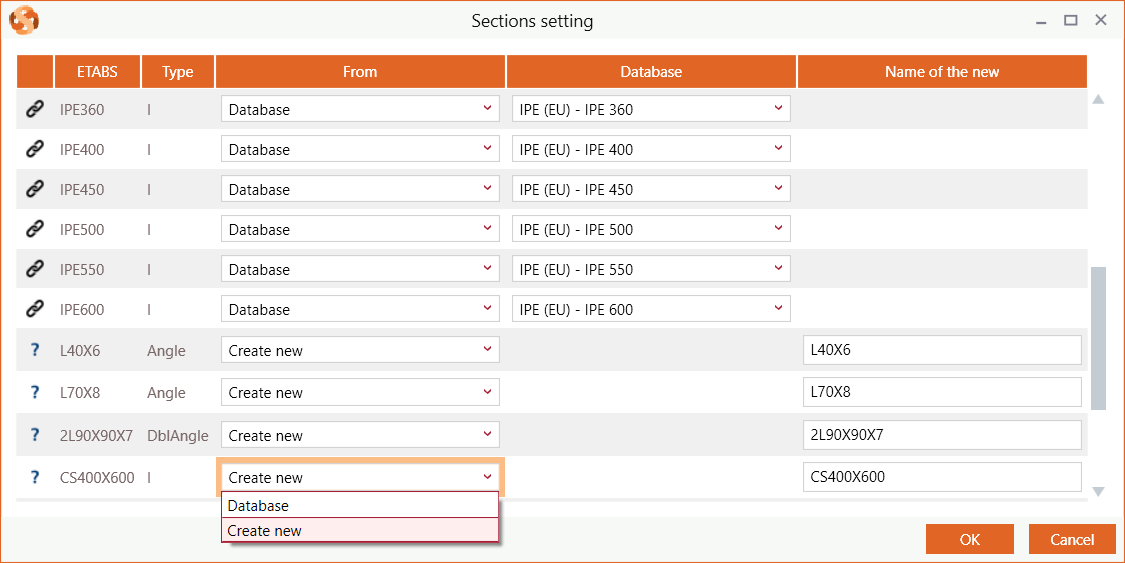
2.1.4 Loads mapping
If you opted to consider the loads during export, the ETABS load combinations need to be categorized. Each valid ETABS combination must be categorized into Eurocode or American combinations. Use the checkbox ‘Use categories according to Limit States’ to switch between European and American combination categories.
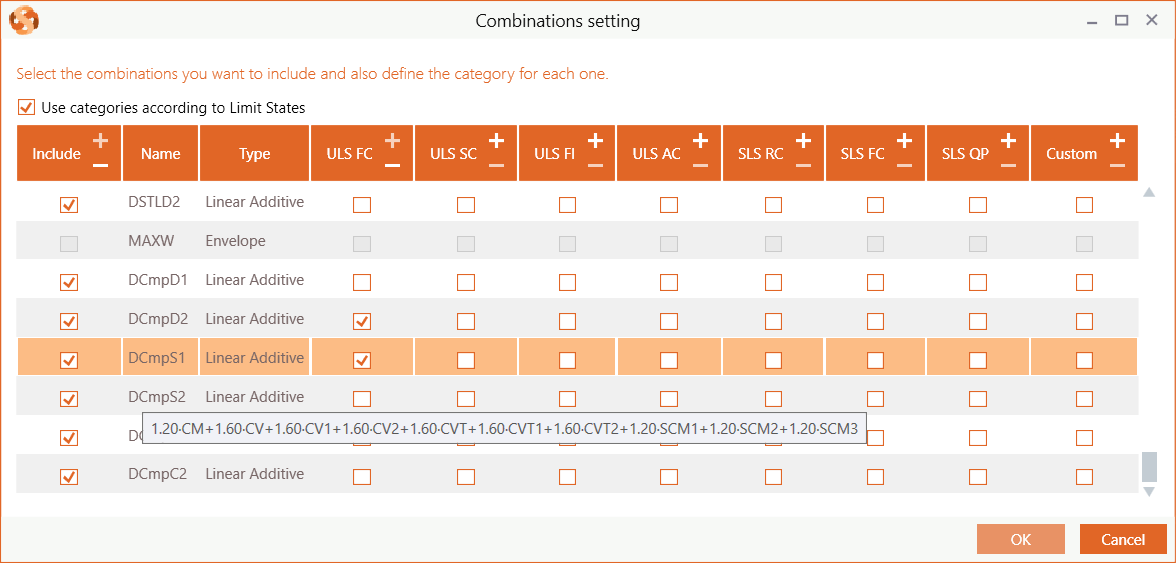
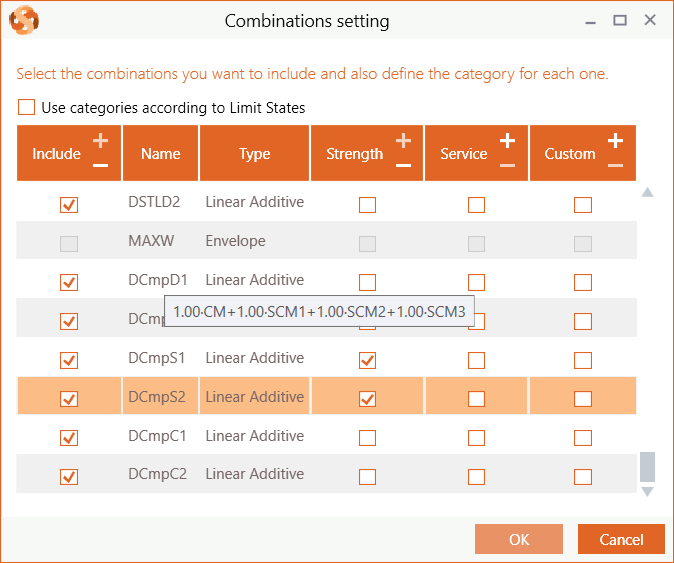
Depending on the design code, you must map each combination with either
- Eurocode Limit States
- ULS – Ultimate Limit State Combinations: Fundamental (FC), Seismic (SC), Fire (FI) or Accidental (AC)
- SLS – Serviceability Limit State Combinations: Rare (RC), Frequent (FC) or Quasi-Permanent (QP)
- Custom
- Armerican
- Strength
- Service
- Custom
On hoovering with the mouse over the combination’s name, you can see the build up of the combination (e.g. 1.35 DL + 1.50 LL).
Use SHIFT and CTRL commands as in Windows to select one or multiple items. For example, to select all, use ‘CTRL+A’ and then, select the “+” button in the corresponding column.
Envelope combinations and dynamic seismic combinations are cannot be matched, as this is not supported by BIM Expert. These types of combinations are considered non-valid and will be greyed out. Static seismic combinations can be mapped.
Remark: If you cancel that load mapping dialog, combinations are neglected and the conversion proceeds.
2.1.5 Reporting
In case of severe incidences, you get a report of the incidences. It usually concerns load cases or element behavior that are not supported by BIM Expert. Click ‘Continue’ to proceed anyway.
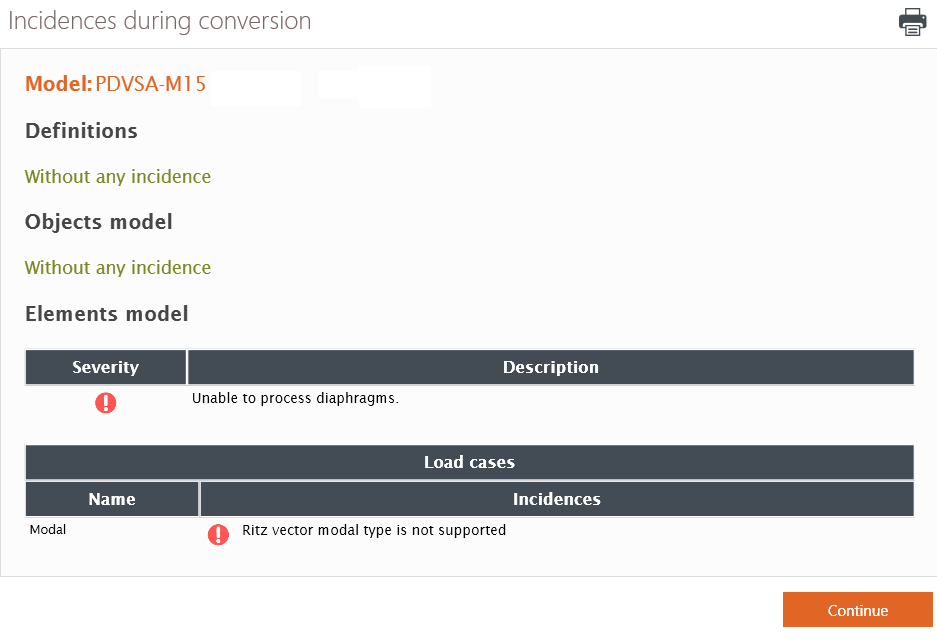
The model is now in BIM Expert.
2.2 From BIM Expert to Tekla Structural Designer
In the Model tab, select ‘Export’. Next, choose the destination, namely “CXL’. Click ![]() to continue.
to continue.
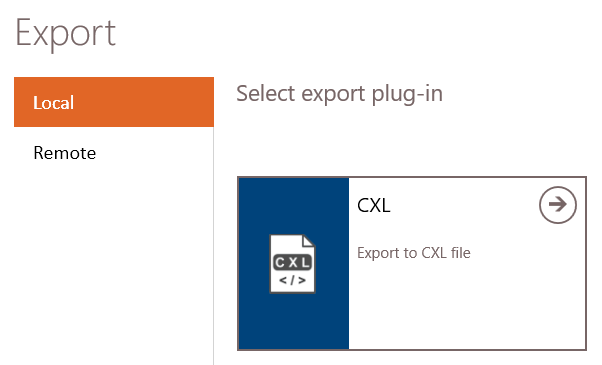
Next, you will be prompted to save the file
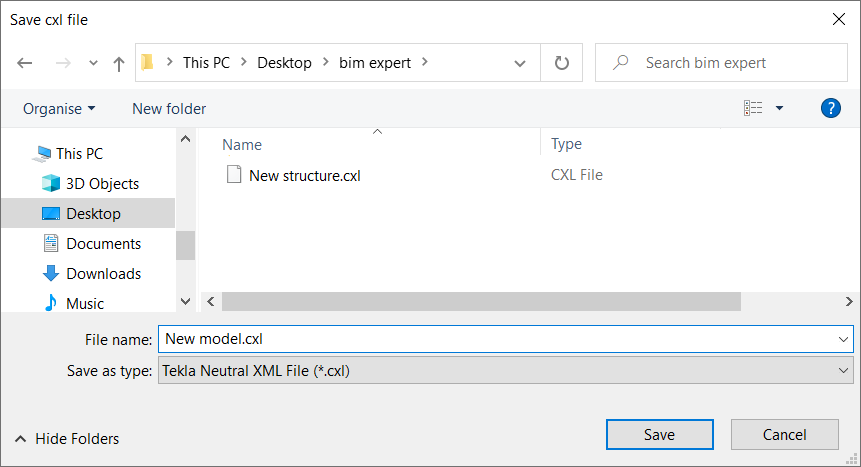
2.2.1 Material & section mapping
Most common materials and sections are mapped according to the TSD neutral file mapping conventions. If there is no match found, a default section and material will be applied. You can specify these defaults in ‘File > Settings > CXL’
